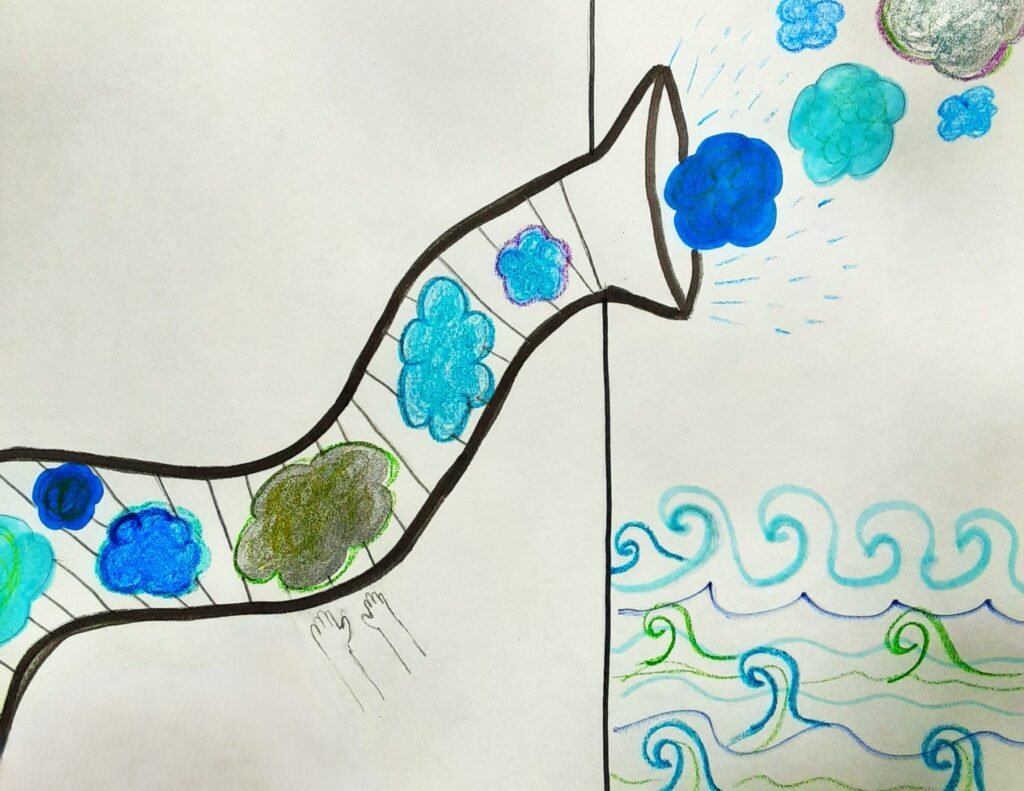
Scientist are looking for ways to reduce global warming and its negative effects on our planet before it becomes irreversible. One of the possibilities in the field of solar radiation management is called cloud brightening (not to be confused with cloud seeding) which is currently being attempted and studied in many places across the globe. In simple terms, cloud brightening or MCB (marine cloud brightening) is a process in which saltwater particles are put into the air just over the ocean, which act as nuclei around which vapor can condense. The hope is to encourage “brighter”, more substantial clouds that last longer than typical marine clouds. These “bright” clouds would be able to reflect sunlight back out into space and away from the ocean/earth. The hope is that this would help cool the earth. On a small scale this is being used in targeted areas to shade (with clouds) critical ecosystems from the sun, such as the Great Barrier Reef in Australia where the coral are dying due to bleaching as a result of global warming.
Advantages of marine cloud brightening are that it produces results quickly and most proposed methods use natural resources (saltwater particles). Also, it can be localized to lesson the effects of warming in specific areas, such as coral reefs or polar ice caps. Another advantage is that if a negative effect emerges, the process can be discontinued very quickly. In addition, it is cheaper than many other proposed solutions.
Disadvantages of this tactic are that we are not sure of the long term or widespread consequences of this type environmental engineering. Most research to date relies on computer modeling which has yielded contradictory results. Another issue is that much of the ocean is considered international water, so a single entity or government does not have jurisdiction over it. Agreements will have to be made as to the rights/legalities of this procedure in most places and who pays for it.
Scientists in this field are careful to mention that the possible benefits of marine cloud brightening alone cannot solve our climate crisis. Ultimately, we must change our behaviors to lesson the emission of greenhouse gasses (which trap the sun’s heat) in order for the earth to continue to be inhabitable for humans.
